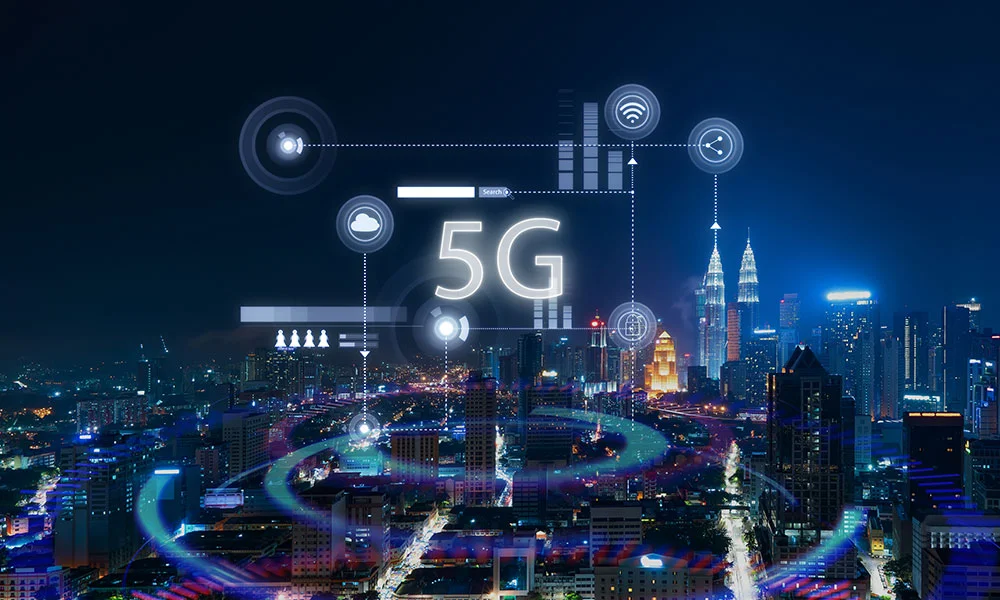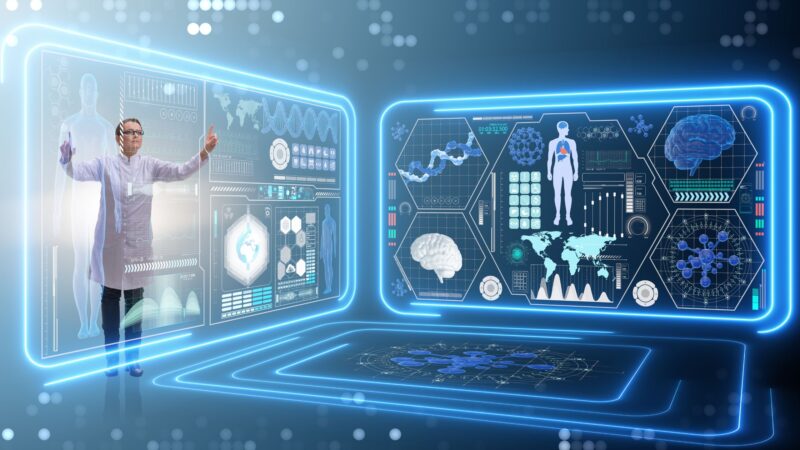Introduction to Edge Computing and IoT
In a world that’s increasingly interconnected, data generation is surging like never before. With millions of devices constantly sending and receiving information, the traditional cloud computing models are feeling the strain. Enter edge computing—a game-changer that processes data closer to where it’s generated. When paired with IoT (Internet of Things) devices, this innovative technology creates a powerful synergy that promises efficiency and speed.
Imagine smart cities managing traffic in real-time or healthcare systems monitoring patients from their homes without lag. These scenarios become possible when edge computing meets IoT. This combination not only streamlines operations but also enhances decision-making by analyzing data at lightning speed.
Curious about how these technologies can transform your business? Let’s delve deeper into how edge computing and IoT present a smarter way to process data effectively!
Benefits of Combining Edge Computing and IoT
Combining edge computing and IoT creates a powerful synergy that enhances data processing capabilities. This approach significantly reduces latency, allowing devices to respond in real time. Imagine smart sensors on factory floors instantly relaying information for immediate analysis rather than waiting for cloud communication.
Moreover, this integration dramatically decreases bandwidth usage. By processing data closer to the source, only essential information is sent to the cloud. This not only saves costs but also improves system efficiency.
Security also sees a boost with edge computing. Sensitive data can be processed locally instead of transmitted over potentially vulnerable networks.
Scalability becomes more manageable as well; businesses can deploy additional IoT devices without overwhelming their central systems. The result is an agile infrastructure capable of adapting to evolving demands and challenges seamlessly.
Real-World Applications of Edge Computing and IoT
Edge computing and IoT are transforming various industries. In smart manufacturing, machines equipped with IoT sensors collect data in real-time. Edge devices process this data on-site, allowing for immediate insights that enhance efficiency and reduce downtime.
In healthcare, wearable devices monitor patient vitals continuously. They send critical information to edge servers nearby, enabling quick responses during emergencies without relying on distant cloud systems.
Smart cities leverage these technologies for traffic management. Sensors analyze vehicle flow at intersections, adjusting signals instantly to optimize movement and minimize congestion.
Retail is also benefiting from this synergy. IoT-enabled shelves track inventory levels autonomously. Edge computing helps manage stock more effectively by predicting demand in real time.
These examples highlight how combining edge computing with IoT creates smarter solutions across diverse sectors. The potential applications continue to expand as technology evolves further.
Challenges and Solutions for Implementing Edge Computing in IoT
Implementing edge computing in IoT comes with its share of challenges. One major hurdle is data security. With devices processing information close to the source, ensuring robust encryption and secure transmission becomes crucial.
Another challenge lies in network latency. Edge devices must communicate efficiently without disrupting real-time operations. Poor connectivity can lead to delays that undermine system performance.
Scalability also poses difficulties. As more devices connect, managing and maintaining them becomes complex. Businesses need flexible solutions that can grow alongside their needs.
To tackle these issues, businesses should invest in advanced cybersecurity measures tailored for edge environments. Implementing a reliable data management strategy will help streamline processes.
Utilizing standardized protocols facilitates interoperability between various systems, easing integration woes as well. By addressing these challenges head-on, companies can unlock the full potential of edge computing within their IoT ecosystems.

The Future of Edge Computing and IoT
The future of Edge Computing and IoT is brimming with potential. As technology evolves, the synergy between these two fields will redefine how data is processed.
Imagine a world where devices communicate seamlessly. Smart homes, autonomous vehicles, and industrial sensors will rely on real-time processing at the edge. This minimizes latency and enhances functionality.
Moreover, artificial intelligence integration promises to elevate decision-making processes. Devices won’t just react; they’ll learn and adapt over time.
Security remains paramount as we move forward. Innovations in edge computing could lead to decentralized architectures that better protect sensitive information from cyber threats.
As 5G networks expand, connectivity will improve dramatically. This opens doors for more sophisticated applications across various sectors like healthcare and manufacturing.
The landscape ahead is dynamic, filled with opportunities for businesses ready to harness this technology effectively. The next wave of innovation awaits discovery.
Conclusion: Why Businesses Should Consider Adopting this Technology
As businesses navigate an increasingly data-driven world, the integration of edge computing and IoT emerges as a transformative strategy. This technology allows organizations to process data closer to its source, drastically reducing latency and bandwidth usage.
By leveraging these advancements, companies can make real-time decisions that enhance operational efficiency and improve customer experiences. The ability to analyze vast amounts of data instantly empowers businesses to innovate while maintaining competitive advantages.
Embracing this smarter way to process data not only optimizes existing processes but also opens doors for new opportunities. Industries from manufacturing to healthcare are witnessing how edge computing combined with IoT can lead to more agile practices and intelligent automation.
With challenges in implementation addressed through strategic planning and investment in the right infrastructure, adopting this technology becomes a prudent choice for forward-thinking organizations aiming for growth in today’s fast-paced environment.







